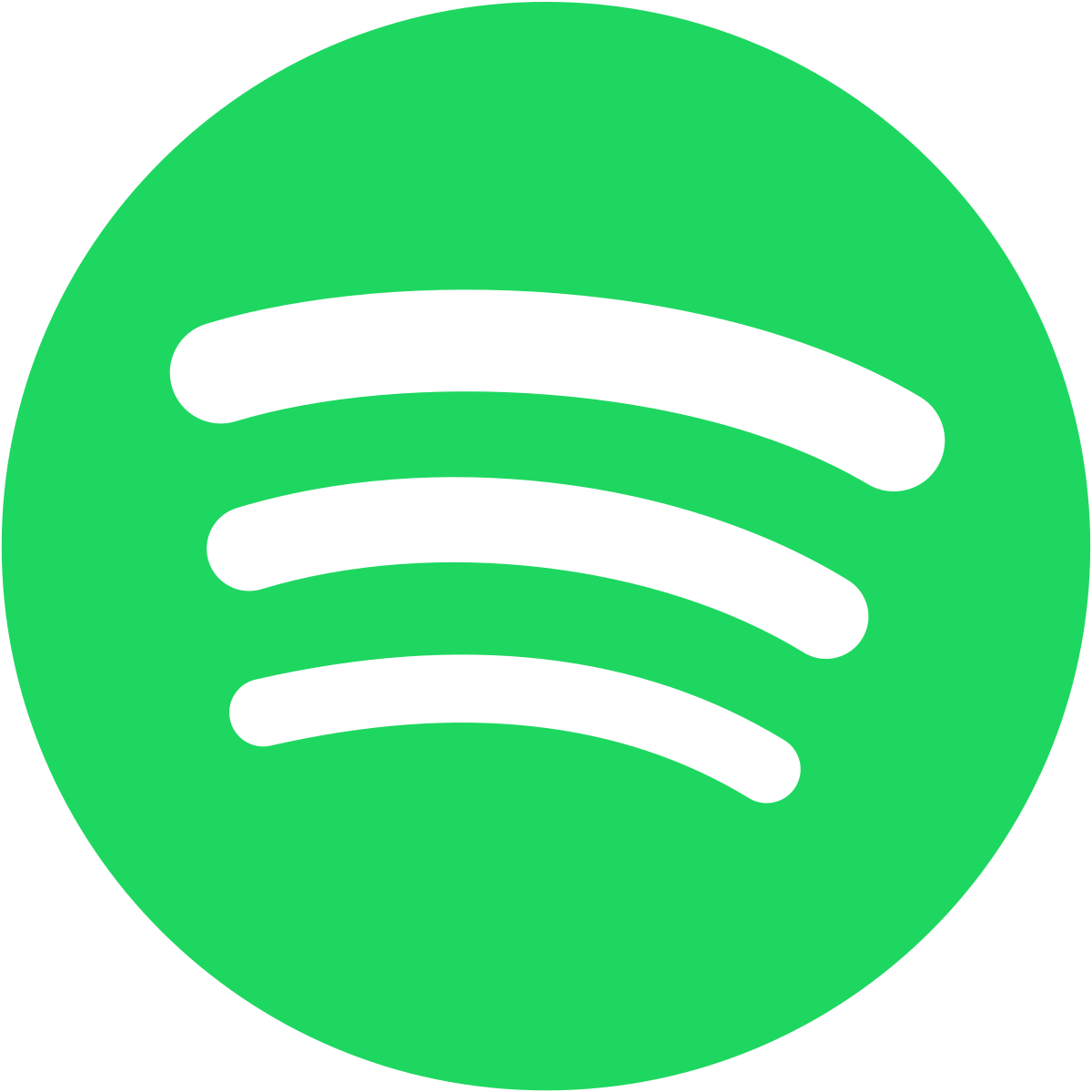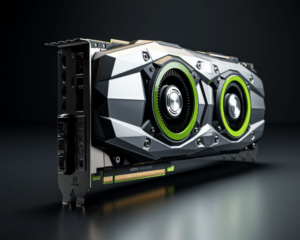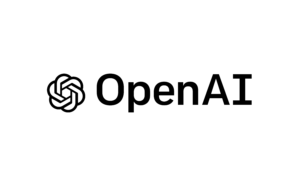Introduction
Spotify (NYSE: SPOT) is a Swedish audio streaming and media services provider founded on 23 April 2006 by Daniel Ek and Martin Lorentzon. It is one of the largest music streaming service providers, with over 456 million monthly active users, including 195 million paying subscribers, as of September 2022.
Spotify offers digital copyright restricted recorded music and podcasts, including more than 82 million songs, from record labels and media companies.
Spotify’s Founder – Daniel Ek
Born in 1983, Daniel Ek is a Swedish billionaire entrepreneur and technologist. Ek started making websites for clients from his home at age 13. He charged the first client $100 and the second $200. Eventually, he started charging $5,000 per website. To help expand the business, Ek recruited students from his class to work on the websites from the school computer lab by bribing them with video games. His earnings eventually reached $50,000 per month. By age 18, he was managing a team of 25. Ek’s parents started to notice his earnings once he started bringing home large TVs.
Ek later served in a senior role at online marketplace company Tradera which was acquired by eBay in 2006. Ek also served as the CTO of the browser-based game and fashion community Stardoll, this company still exists, thousands of people still play these dress-up games every day. Ek later started another company Advertigo, an online advertising company, which was sold to Tradedoubler in 2006, this is when Daniel met Martin Lorentzon, later co-founder of Spotify. After selling Advertigo, Ek briefly became the CEO of μTorrent, a software that enables peer-to-peer file sharing. This ended when μTorrent was sold to BitTorrent on December 7, 2006.
Why was Spotify founded
The sale of Advertigo as well as his previous work made Ek wealthy enough that he decided to retire. However, after a few months, he realized he wanted a new project, leading to his founding Spotify.
Back in the days, music services such as Apple music are already available, but they only offered pay-per-song or pay-per-album, there aren’t any options for unlimited streaming, so people had to result to alternatives. One of those alternatives is pirated music, people downloaded music on the internet, then uploaded them to their cell phones or MP3.
This was a big problem for both the users and the music industry, for users, they had to search and download the songs online, then insert them onto their MP3, and repeat this process every time there’s a new song or album, and couldn’t discover new artists or songs that meet their taste. For the music industry, pirated music means less people buying their artists’ albums, billions of dollars of revenue are lost because of this.
When peer-to-peer music service Napster shut down in 2002, other illegal sites took over. Ek realized that you can never legislate away from piracy. Laws can definitely help, but it doesn’t take away the problem. The only way to solve the problem was to create a service that was better than piracy and at the same time compensates the music industry.
Daniel and Martin realized that music streaming has a huge potential, which made them start Spotify startup in 2006.
Name Origin
The founders of Spotify were sitting in different rooms one day, and exchanging different naming ideas of the brand, shouting them back and forth. Then, Martin shouted a brand name to Daniel, which was misheard by the later as “Spotify”. As soon as he heard the name, or rather misheard it, Daniel googled the same, and finding no matches or hits for Spotify on Google, they registered the same for their company immediately. However, the founders are often embarrassed to disclose this story behind the naming of the popular music streaming app and generally weaves in the after-construction that the name of Spotify is a portmanteau of “Spot” and “Identify”.
The Start of Spotify
But Daniel and Martin needed to have the record labels on their side. Otherwise, the app would have very little to offer. Fortunately, when Ek asked the music labels to open up, and they did, at a price. By 2009, multiple record labels owned 20% of the company, but for Spotify, this meant money and the guarantee that Spotify would have mainstream music.
In 2008, Spotify was finally launched, it brought digital, copyright-protected podcasts and musical content to its users, users could just type the song, artist, album, or genre on the search bar and then hit go, listen to music on demand.
Business Model
So how does Spotify makes money?
Freemium
Spotify works on a freemium business model, basic services are free while additional features such as offline listening and commercial-free listening, are offered via paid subscriptions. Spotify generates revenue by selling premium streaming subscriptions to users and advertising placements to third parties.
Subscription Tiers
- In March 2014, Spotify introduced a discounted Premium subscription tier for students in which university students in the US pay half-price for a Premium subscription. In April 2017, the discount was expanded to 33 more countries.
- Family subscription was introduced in October 2014, which allows up to 5 family members to have a premium subscription. In May 2016, the limit was changed to 6 family members, and the price was reduced.
- In July 2020, Spotify added another tier, Premium Duo. This is aimed at couples and for $12.99 it lets up to 2 people share a subscription.
- In February 2021, Spotify announced their plans to introduce a HiFi subscription, to offer listening in high fidelity, lossless sound quality. The rollout for the HiFi tier is yet to be announced.
- In August 2021, Spotify launched a test subscription tier called Spotify Plus. The subscription costs $0.99 and is supposed to be a combination of the free and premium tiers. Subscribers to this plan will still receive ads but will get the ability to listen to songs without shuffle mode and skip any number of tracks. The company reported that the tier conditions may change before its full launch. This might have been discontinued (at least in some regions) according to an email sent to a redditor.
Spotify for Artists
Spotify also introduced “Spotify for Artists” a platform to provide artists and their teams with audience statistics and various tools to promote their music and manage their profiles on Spotify. From promoting their shows to selling artist-branded merchandise.
Royalty Costs
Spotify gets its content from major record labels as well as independent artists and pays copyright holders royalties for streaming music. The company pays 70% of its total revenue to rights holders. Unlike physical or download sales, which pay artists a fixed price per song or album sold, Spotify pays royalties based on the number of artist streams as a proportion of total songs streamed. It distributes approximately 70% of its total revenue to rights holders (often record labels), who then pay artists based on individual agreements. Rights holders received around USD 4 per-1000-play, the holders then split the money between the label, artists, producers, etc. According to The New York Times, only about 13,000 out of seven million artists (0.19%) on Spotify generated USD 50,000 or more in payments in 2020.
Because of this, many artists see Spotify as an unwanted middleman. In 2011, Adele and Spotify couldn’t agree on the release of her album “21”, so the singer chose Rhapsody instead, exclusively for paying subscribers. Other big-name artists have criticized Spotify for weakening the already bleak opportunities artists have. Just to earn minimum wage, an artist would need 400 000 streams per month.
Perhaps the biggest feud was with Taylor Swift. In 2014, she didn’t release her album 1989 on Spotify, then removed her entire catalog from Spotify, the main issue being Spotify’s free tier. Instead, she released 1989 on Jay-Z’s Tidal, a paid service. But Spotify was becoming a big name. It had gone from 10 million paying users in 2014 to 50 million in 2017. That’s hard to ignore.
Premium-exclusive albums
To tackle this problem, in 2017, Spotify signed a licensing agreement with Universal Music Group (UMG), Taylor Swift’s distributor, to require new albums from UMG to release on Spotify’s Premium tier exclusively for 2 weeks before being opened up to all users, free and paid, with Spotify receiving a reduction in royalty fees to do so.
Recent Development
Direct public offering
Spotify went public on the stock market in April 2018 using a direct public offering rather than an initial public offering. This approach is not intended to raise fresh capital, but to let investors get their returns. After making its debut on the New York Stock Exchange on 3 April 2018, Spotify opened at $165.90, more than 25% above its reference price of $132, and closed at USD 149.01, still 13% above its reference price.
As of Q3 2022, Spotify has over 456 million Monthly Active Users (MAUs), 40% of which are premium subscribers. Revenue from premium subscribers amounted to USD 2,651 million, meaning on average each subscriber is paying USD 13.6 for Spotify’s service. They still earn around USD 385 million from Ads besides premium. Gross Profit for Q3 2022 was around USD 750 million, with gross margin being 24.7%. However, due to negative currency movements, and high marketing costs, they had an Operating Loss of USD 228 million.
Investing Heavy in Podcasts
Spotify began investing heavily in the podcast industry a few years ago. Back in 2017, Apple had over half of the market share of podcast content, but it was only available in 20% of the devices worldwide, the rest is an untapped market. So Spotify invested heavily in purchasing giants Gimlet and Anchor, two podcast companies, for $340 million. Currently, Spotify have more than 3.6 million podcast titles, more than any other software in the world, users have gone from 131 million in 2017 to 406 million in 2022.
Spotify was able to cut into Apple’s podcast market share due to three reasons:
- Spotify users leaned more towards entertainment, while Apple podcast users focused more on News, In 2020, Spotify acquired exclusive rights to stream the popular podcast The Joe Rogan Experience with estimated figures around USD 100 million. In 2022, Spotify acquired Heardle, a Wordle-inspired music trivia game, for an undisclosed amount. Spotify aims to provide the best entertainments on their app, which helped them get Apple’s market shares.
- Availability. With over 3.6 million podcasts and advanced AI, the chances of finding other podcasts interesting are higher with Spotify. In 2017, Spotify acquired Sonalytic, an audio detection startup which helped Spotify to improve the users’ personalized playlists, better match songs with compositions, and improve the company’s publishing data system. Later that year, Spotify acquired artificial intelligence startup Niland, which uses technology to improve personalization and recommendation features for users. While with Apple, it’s harder for lesser-known podcasts to appear in the Featured section.
- Immersive Experience. With Spotify, both podcasts and songs are available within the same app, rather than having two separate apps. Ek’s obsession for seamless, integrated, high-quality listening pays off. While Apple Music and Apple Podcasts are two individual apps.
Reference
- 2022 Q3 Shareholder Deck: https://s29.q4cdn.com/175625835/files/doc_financials/2022/q3/Q3-2022-Shareholder-Deck-FINAL-LOCKED.pdf
- 2022 Q3 Quarterly Report: https://s29.q4cdn.com/175625835/files/doc_financials/2022/q3/57490e79-80c9-4704-a0c3-9f9683c7d11f.pdf
- 2021 Annual Report: https://s29.q4cdn.com/175625835/files/doc_financials/2021/AR/2021-Spotify-AR.pdf




